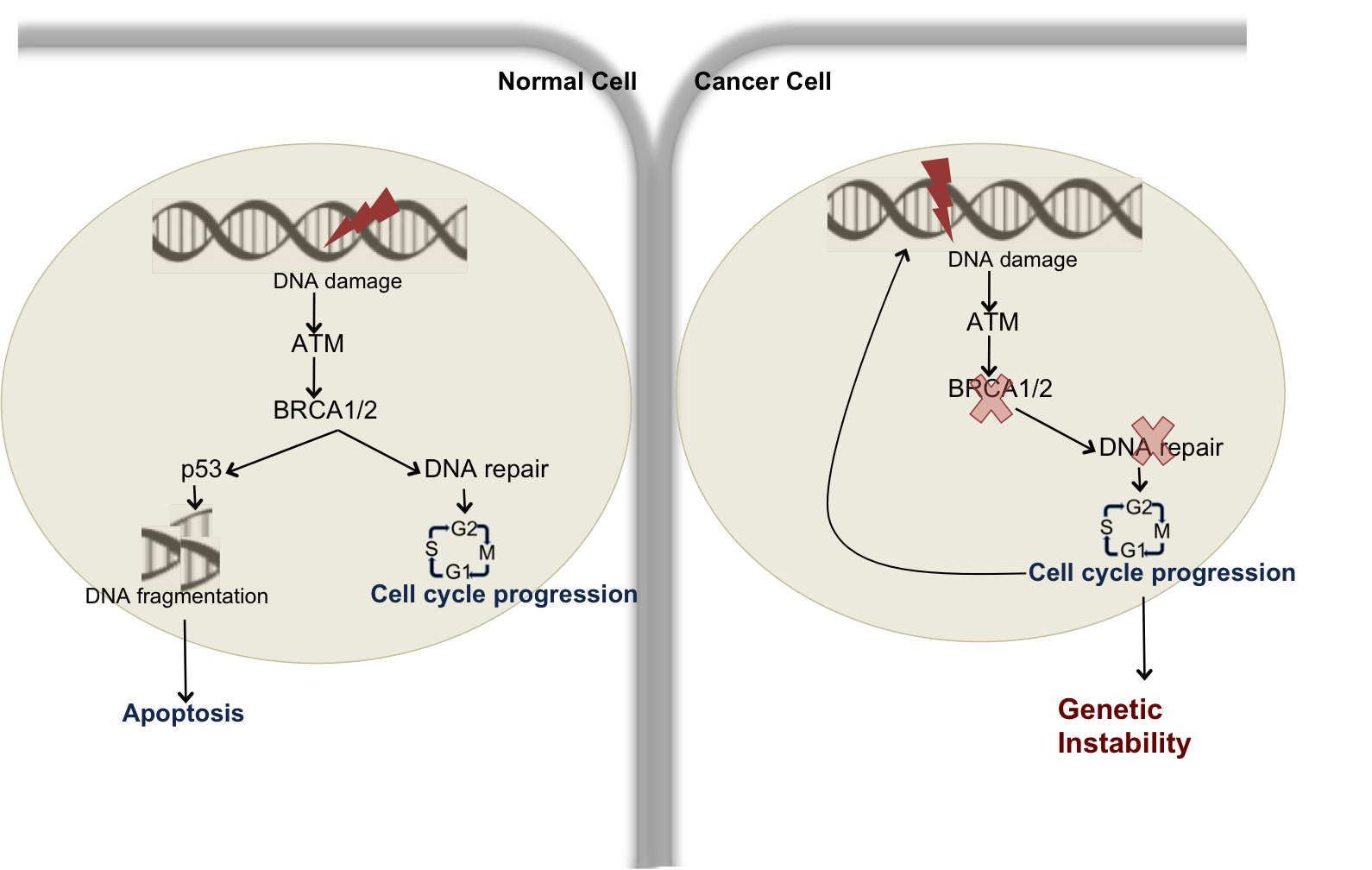

They may interact with cell-surface receptors located on the host cell and may have hemagglutinizing activity as a result, or in other cases they may be enzymes. Spikes typically have a role in viral entry. : 51–2 They are usually glycoproteins, more commonly via N-linked than O-linked glycosylation. They may also form protein–protein interactions with other viral proteins, such as those forming the nucleocapsid. Spike proteins are membrane proteins with typically large external ectodomains, a single transmembrane domain that anchors the protein in the viral envelope, and a short tail in the interior of the virion. Spikes or peplomers are usually rod- or club-shaped projections from the viral surface. More recently, the term "peplos" is considered a synonym for viral envelope. Early systems of viral taxonomy, such as the Lwoff- Horne- Tournier system proposed in the 1960s, used the appearance and morphology of the "peplos" and peplomers as important characteristics for classification. The term is derived from the Greek peplos, "a loose outer garment", "robe or cloak", or "woman mantle". The term "peplomer" refers to an individual spike from the viral surface collectively the layer of material at the outer surface of the virion has been referred to as the "peplos". : 29–33 The proteins are usually glycoproteins that form dimers or trimers. In virology, a spike protein or peplomer protein is a protein that forms a large structure known as a spike or peplomer projecting from the surface of an enveloped virus. print of one of the trimeric spikes of SARS-CoV-2 Hence, there are even more reasons to intervene with the use of anti-oxidant compounds, such as luteolin, in addition to available vaccines and anti-inflammatory drugs to prevent the harmful actions of the spike protein.ĪCE2 antibodies blood vessels blood-brain barrier coronavirus endothelial cells receptor spike protein.Ĭopyright 2021 Biolife Sas. In this regard, it is known that polyphenols are natural anti-oxidants with multiple health effects. In COVID-19, a response to oxidative stress is required by increasing anti-oxidant enzymes. These findings may be even more relevant to the pathogenesis of long-COVID syndrome that may affect as many as 50% of those infected with SARS-CoV-2. One paper reported that certain antibodies in the blood of infected patients appear to change the shape of the spike protein so as to make it more likely to bind to cells, while other papers showed that the spike protein by itself (without being part of the corona virus) can damage endothelial cells and disrupt the blood-brain barrier. However, recent reports have raised some skepticism as to the biologic actions of the spike protein and the types of antibodies produced. The best well-known vaccines have utilized either mRNA or an adenovirus vector to direct human cells to produce the spike protein against which the body produces mostly neutralizing antibodies. The COVID-19 pandemic necessitated the rapid production of vaccines aimed at the production of neutralizing antibodies against the COVID-19 spike protein required for the corona virus binding to target cells.


 0 kommentar(er)
0 kommentar(er)
